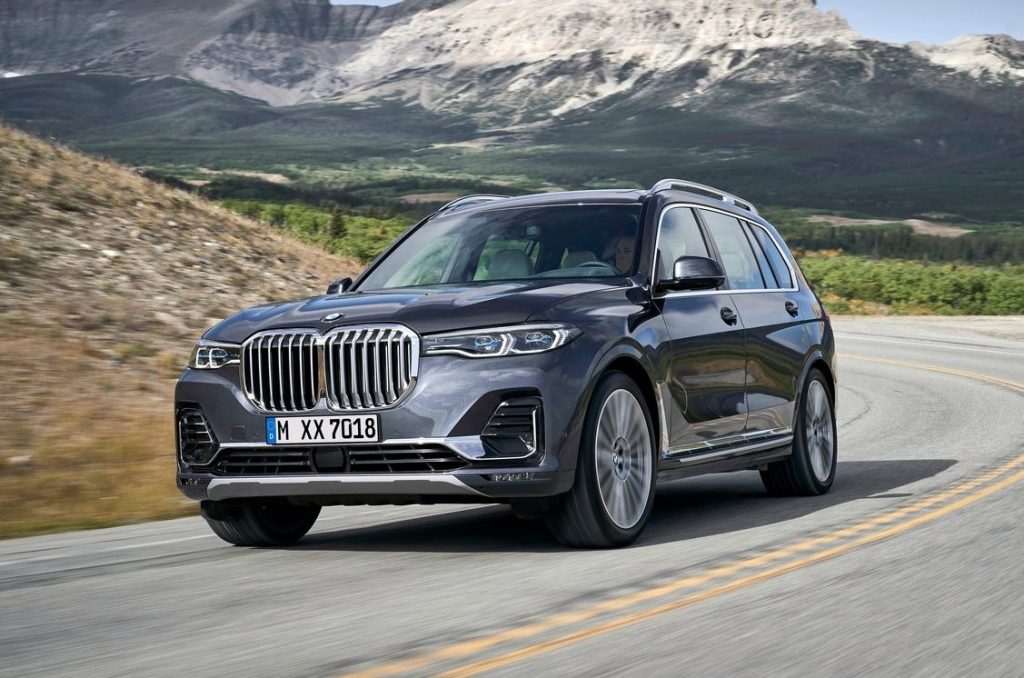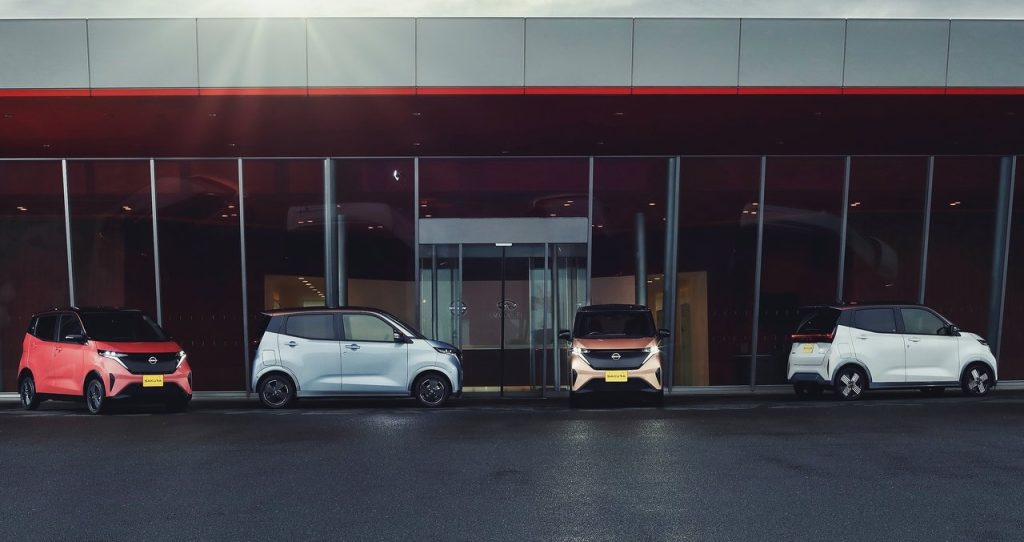Study Finds For New Cars To Have Outgrown European Roads

The average new car is now wider than a typical parking space on a European street.
While it shouldn’t have escaped anyone’s notice already that cars have steadily gotten bigger over the years, it nevertheless appears that someone has still managed to conduct a study on this observable fact. And at least according to the European Federation for Transport and Environment, its recent findings from the research it has done illustrated that new cars these days may soon be getting a little too big for the roads (and parking spots) in the Old Continent.

The data from this commissioned study has revealed that new cars in the EU have grown by about 0.5 cm in width since 2001, and has since recently surpassed the 180 cm mark. This hence technically poses a problem in the Old Continent where historic towns and narrow streets are more the norm than the exception, as that aforementioned average width figure is to be about the same as what a typical parking space on European streets measures.
What more is that this average width figure is just that, with there to actually be significantly more cars that are wider than it, which predominantly stemmed from the relatively recent trend of everyone and their mothers wanting an SUV or crossover. In fact, nearly all large SUVs on the market these days (from the BMW X5 to the Land Rover Defender) have since surpassed the 2.0 m width mark.

Now of course, aside from consumers these days desiring more and more space in their rides, it is perhaps prudent to highlight that the continuous ‘autobesity’ epidemic is partly down to automakers being forced by law to integrate more and more safety features into their newer models. One of the most obvious examples of this is for cars these days to have pillars the size of tree trunks instead of twigs, which is necessary to comply with regulations regarding rollover protection.
This report currently warns for this trend of increasingly larger cars will inevitably cause increasingly crowded and hazardous conditions for pedestrians and cyclists. In particular, it highlights that the increase in width also came with cars having gained height too in the intervening years, with it then going on to present crash data recorded in Belgium from 2017 to 2021 showing for a 10 cm increase in the height of vehicle fronts to carry a 30% higher risk of fatalities in collisions with pedestrians and cyclists.

The report then goes on to suggest for lawmakers to review the maximum size of passenger vehicles, and for regulatory intervention to be made in order to protect public space from further encroachment.
Interestingly however, there is actually a law enacted in the mid-90s that limited the maximum permitted width for all vehicles in the European Union is 255 cm. This law though, which was initially envisioned to cap the size of buses and trucks, has since been used by the automaker to push its passenger cars in becoming wider and wider.
It currently remains to be seen if the EU will be implementing a strict passenger car size limit like what Japan has done with its kei cars. Some of its member states however like France has already implemented a program to discourage the use of heavier vehicles, and the cities of Paris and Lyon are considering imposing higher parking fees for larger and heavier vehicles in the coming months.





